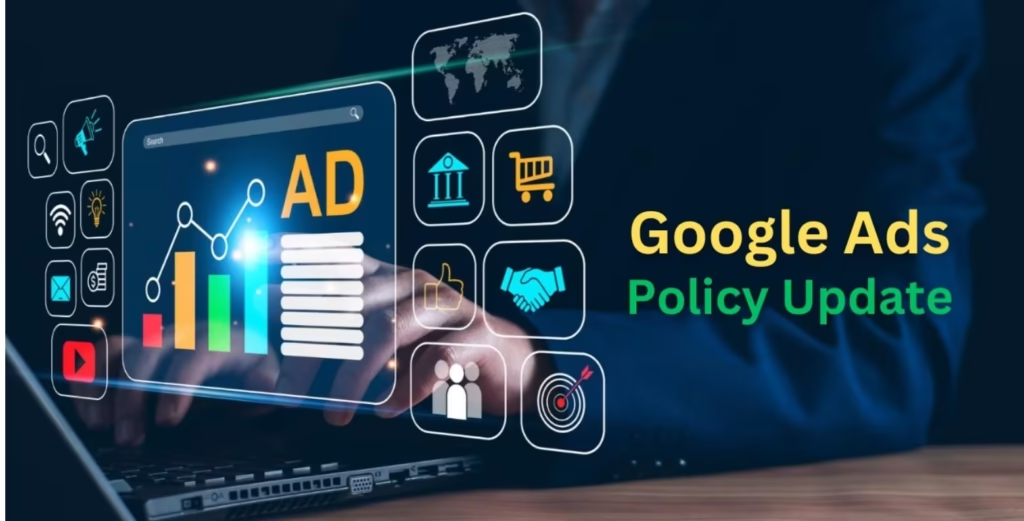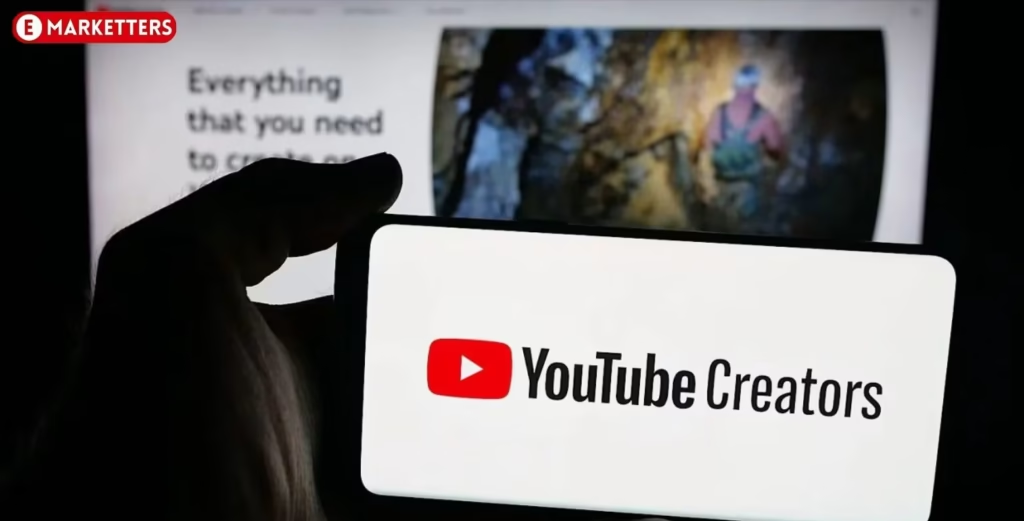As a leading graphic designing company in lucknow, it’s important to understand the latest updates in search and content analytics. Recently, YouTube Splits Organic vs Paid Metrics inside YouTube Analytics, helping creators clearly measure how unpaid (organic) and paid (advertising) traffic contribute to channel performance. This change ends confusion about how promotions influence growth.
YouTube now allows creators to filter metrics like views, engaged views, likes, comments, shares, and watch time based on traffic source. This update answers a long-standing question: Does paid advertising affect organic growth? According to YouTube, the answer is no — both systems operate separately.
What’s New
The analytics update introduces traffic source filtering across core engagement metrics. You can now see performance from organic sources versus paid sources, including YouTube Promote campaigns and brand-sponsored content.
YouTube explains:
“Organic performance is determined by recommendations from the platform’s algorithm based on factors like watch time, engagement, and audience retention. Whether or not it also runs as an ad has no impact.”
Paid performance depends on campaign budget and targeting — not algorithmic recommendation.
👉( Full Video explanation)
Addressing Performance Concerns
Creators have often wondered why overall metrics drop after running ads. YouTube addressed this clearly: ads often target NEW audiences who may not be familiar with your content style, causing lower retention and click-through rates.
By separating paid and organic analytics, creators can understand performance without confusion.
Why This Matters
- You can measure true content quality
- You can understand if retention issues are content-based
- It helps improve budgeting decisions
- It avoids blaming ads for performance drops
This update helps creators identify what growth strategies work naturally, and which depend on paid reach.
Looking Ahead
The filtering feature is now live inside YouTube Analytics. YouTube didn’t confirm whether more metrics will be added later.
This update also comes alongside YouTube’s October 2025 terminology change — renaming “Views” to “TrueView views” inside Google Ads reporting. This renaming doesn’t change how views are counted or billed.
✅ Conclusion
The new YouTube Analytics update is a major win for creators. By splitting organic and paid performance, brands can now track how well content performs without promotional influence. It also prevents confusion caused by mixed audience engagement. For businesses prioritizing video marketing, this update encourages better strategy, smarter targeting, and improved content quality.
For long-term growth, working with expert teams such as an experienced graphic designing company in lucknow can help brands analyze metrics efficiently and improve digital visibility. At the end of this article, remember that strategic promotion combined with authentic organic reach drives the strongest results. If you need support or growth acceleration, professional digital marketing services in lucknow can guide you.
❓ FAQs
1. Does running ads hurt organic performance?
No. YouTube confirmed both systems operate independently.
2. Why do metrics look lower when ads run?
Paid campaigns reach new, unfamiliar audiences, reducing retention temporarily.
3. Where can I find the organic vs paid filter?
Inside YouTube Studio → Analytics → Filters.
4. Does this affect revenue sharing?
No. Revenue calculations remain unchanged.
5. Can organic growth improve by running ads?
Indirectly yes — ads increase exposure, which may boost organic recommendations later.




